How To Get The Sour Taste You Crave!
Ambat, Amboot, Amshe. Different words used across Maharashtra and its communities, all meaning the same thing: sour. It's one of Indian cuisine's most defined flavour profiles, giving our food as much uniqueness as do our spices. Every state has its own favourite souring ingredient. In the north, they prefer anardana (dried pomegranate seeds) or amchur (dried mango powder) both carrying the unmistakable flavour of the sour fruits from which they are made. It's what gives the famed Amritsari pindi chole an unmistakable but subtle tang. In the South of the country, they use tamarind. In Assam, it's the outenga (elephant apple) and kordoi (starfuit). India's Western coast stretching across Maharashtra and Goa turns to Kokum or Amsul, a local fruit with a red-tinged-with-purple colour that's so distinct, when Maharashtrian women describe the colour of a saree in the shade, they call it 'amsuli'.
Here's looking at souring foods stocked in the Marathi kitchen pantry

Kokum and Kokum Agal
A brilliant red berry that grows on the Garcinia Indica tree native to the Western Ghats is a multi-use food. It's rind is sun dried and used to temper amti (dal), vegetables and fried fish. A drizzle of Kokum agal which is the fruit's unsweetened extract is the most convenient way to naturally add tart taste to a curry or stew. A dash of sugar syrup to the agal makes the most refreshing sherbet or summer cooler packed with vitamins A, B3 and C. But it's the Sol kadi, an appetiser drink that's a staple on every Konkani thali, that relies most on the agal: a delicate mix of coconut milk, garlic, chilli and cumin that takes on the beautiful deep pink hue of the fruit.

Amboshi or Dried mango
Fresh, green mangoes are available in the tropical summers to cook with. For the rest of the year, the green mangoes when in season are sliced and sun dried to make and store Amboshi, which when slipped into a gravy lends it the most gentle sour tang. Also called Sukamba, it's a favourite with the Kokni Muslim community that traces its origins to the Arab merchants who arrived in India back in the 13th century.
Chinch or Tamarind
Chinch, a potent sour pod-like fruit of the Tamarindus indica tree produces a sour-sweet pulp when soaked in water and strained. Sold semi-dry, it's either dark brown or blackish (older variety) and has a gummy texture. It's perfect to use in chutney, curry, barbeque glaze and traditional soups like rasam.
Palm/Toddy vinegar
The East Indians or Marathi-speaking inhabitants of Mumbai and Konkan, who celebrate their mixed Marathi-Portuguese heritage through the use of novel ingredients that are testimony to both Hindu traditions and Continental taste, fall back religiously on toddy vinegar for their closely-guarded recipes. Seasoned cooks will tell you that to reproduce their dishes authentically, you need to use the best quality palm vinegar and East Indian bottle masala. Their iconic dishes, popular enough to now acquire mass status — the vindaloo and sorpotel — cannot be rustled up without this ingredient. This is also true of their traditional fish and shrimp pickles. The East Indians use vinegar fermented for months in casks from toddy or the liquid extract of the Tadgola (ice apple) tree. Toddy has myriad uses; it's a probiotic and works splendidly if you want to tenderize meat.
Author: Saazgaar Kalbhor


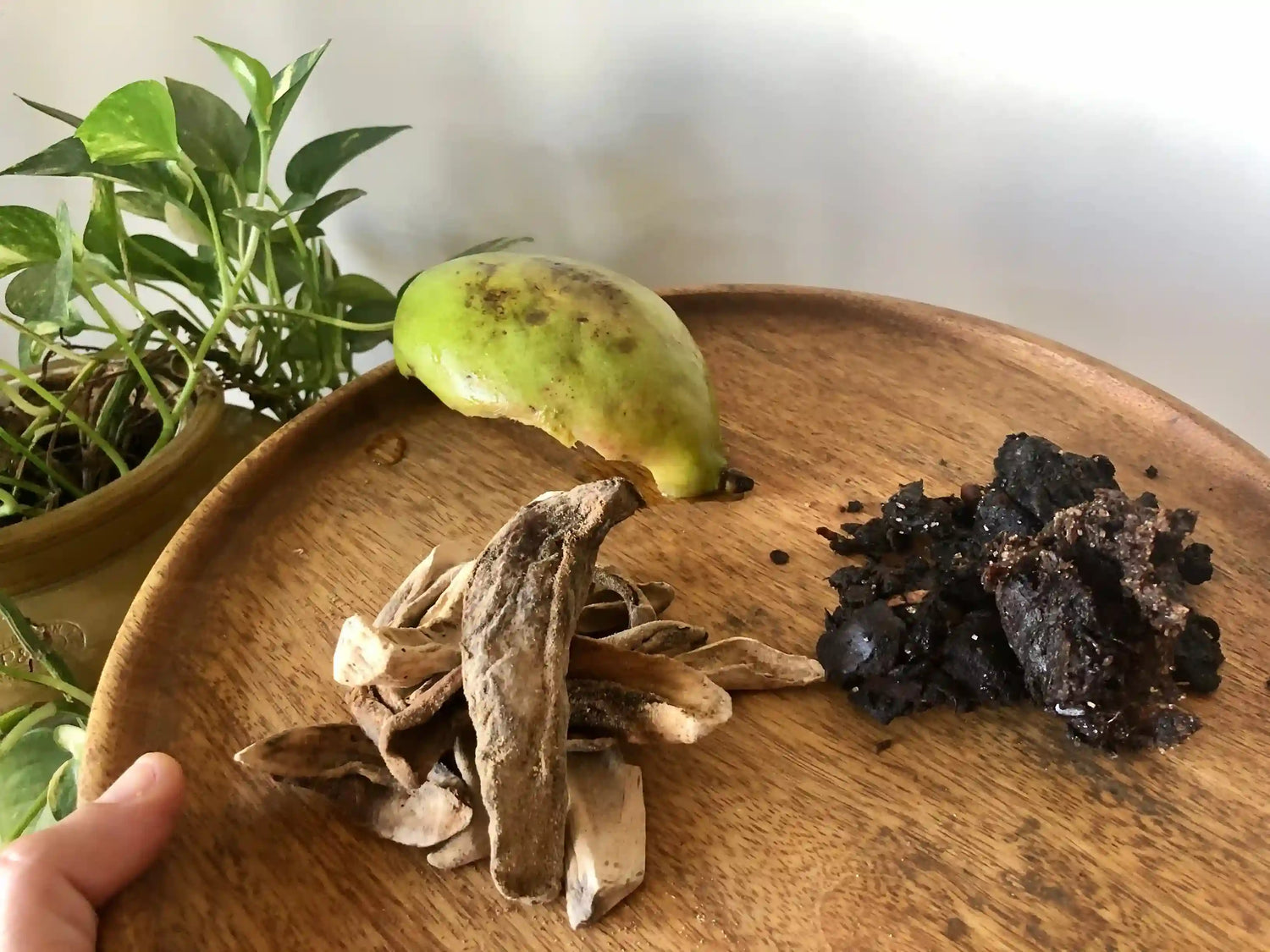
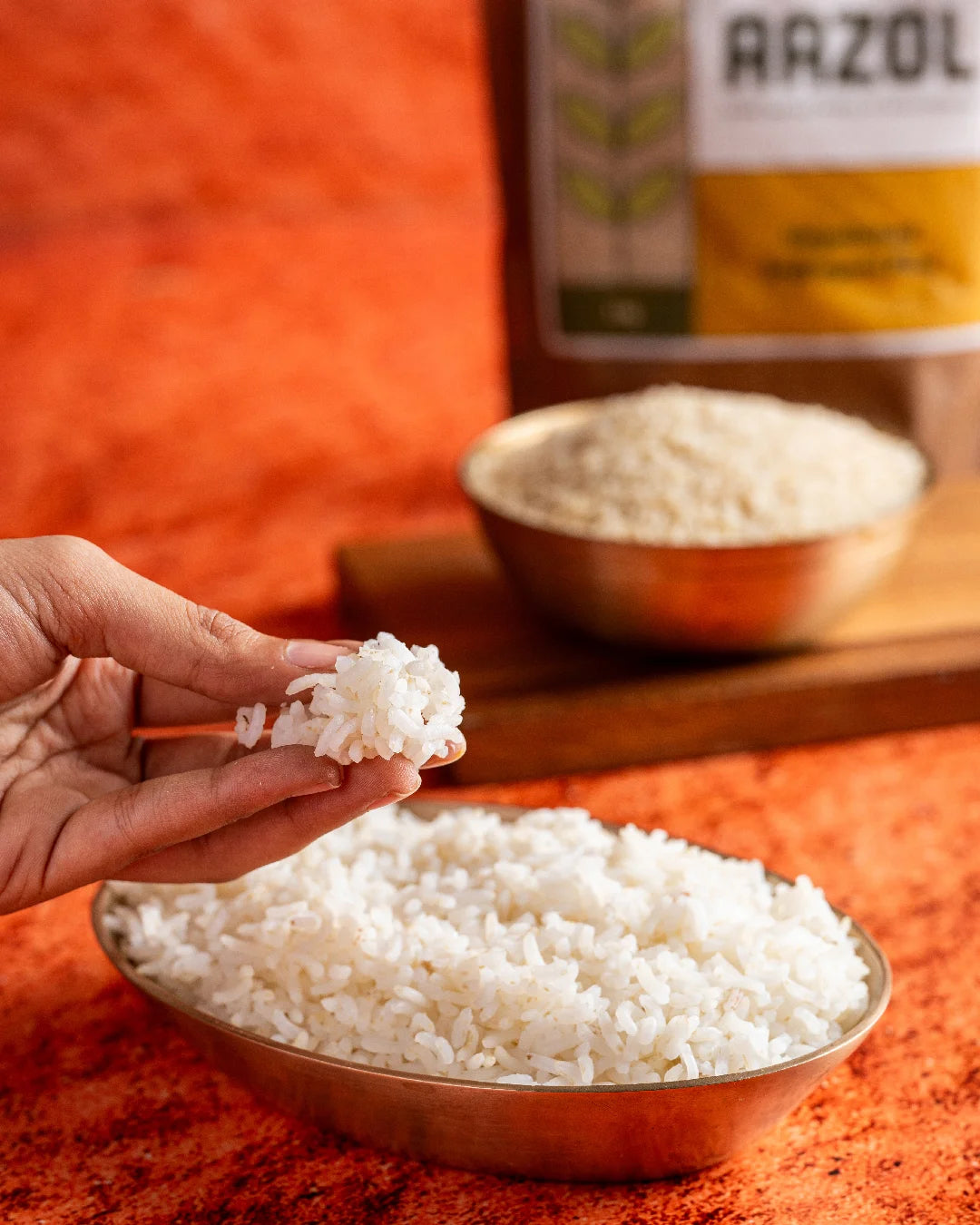

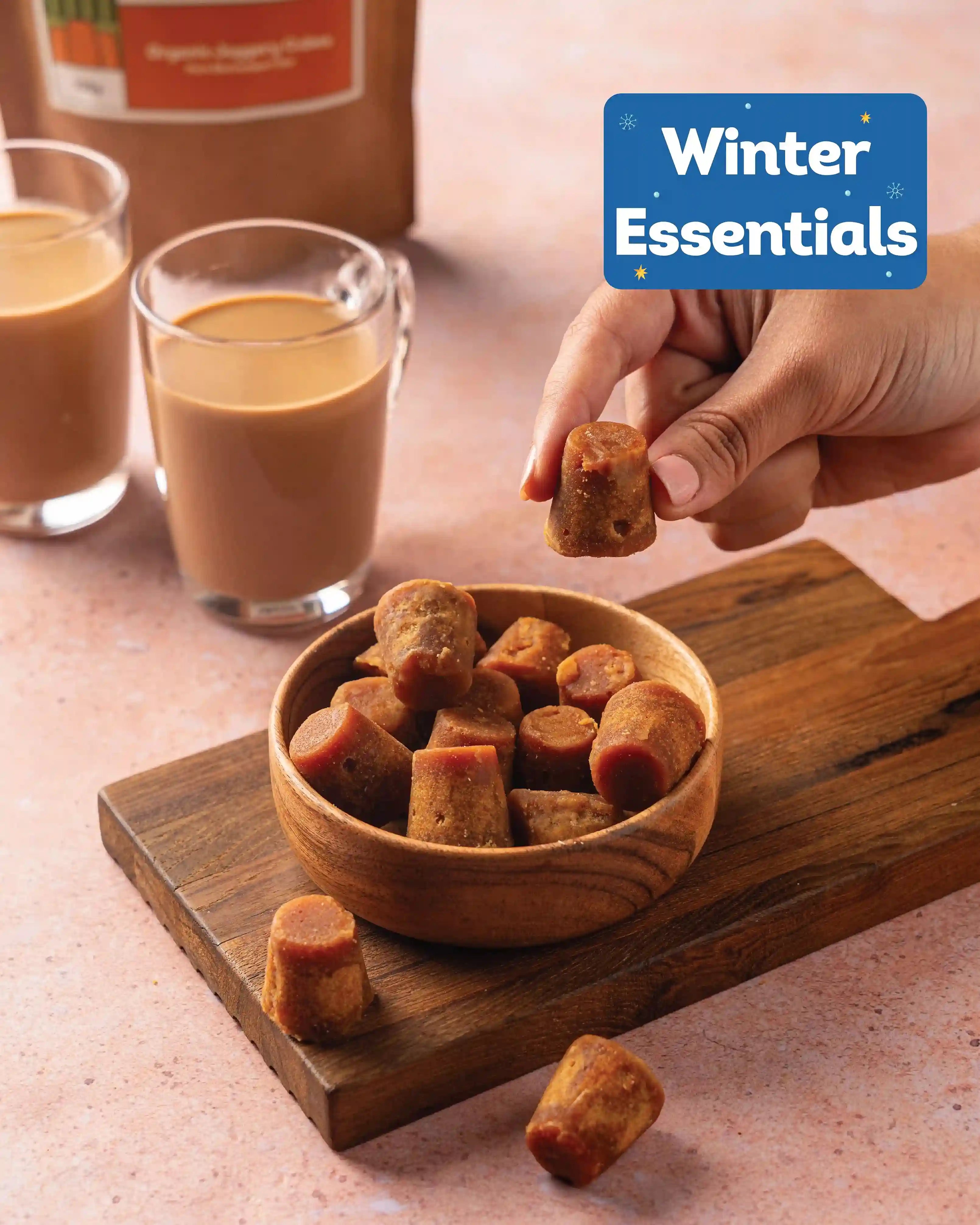

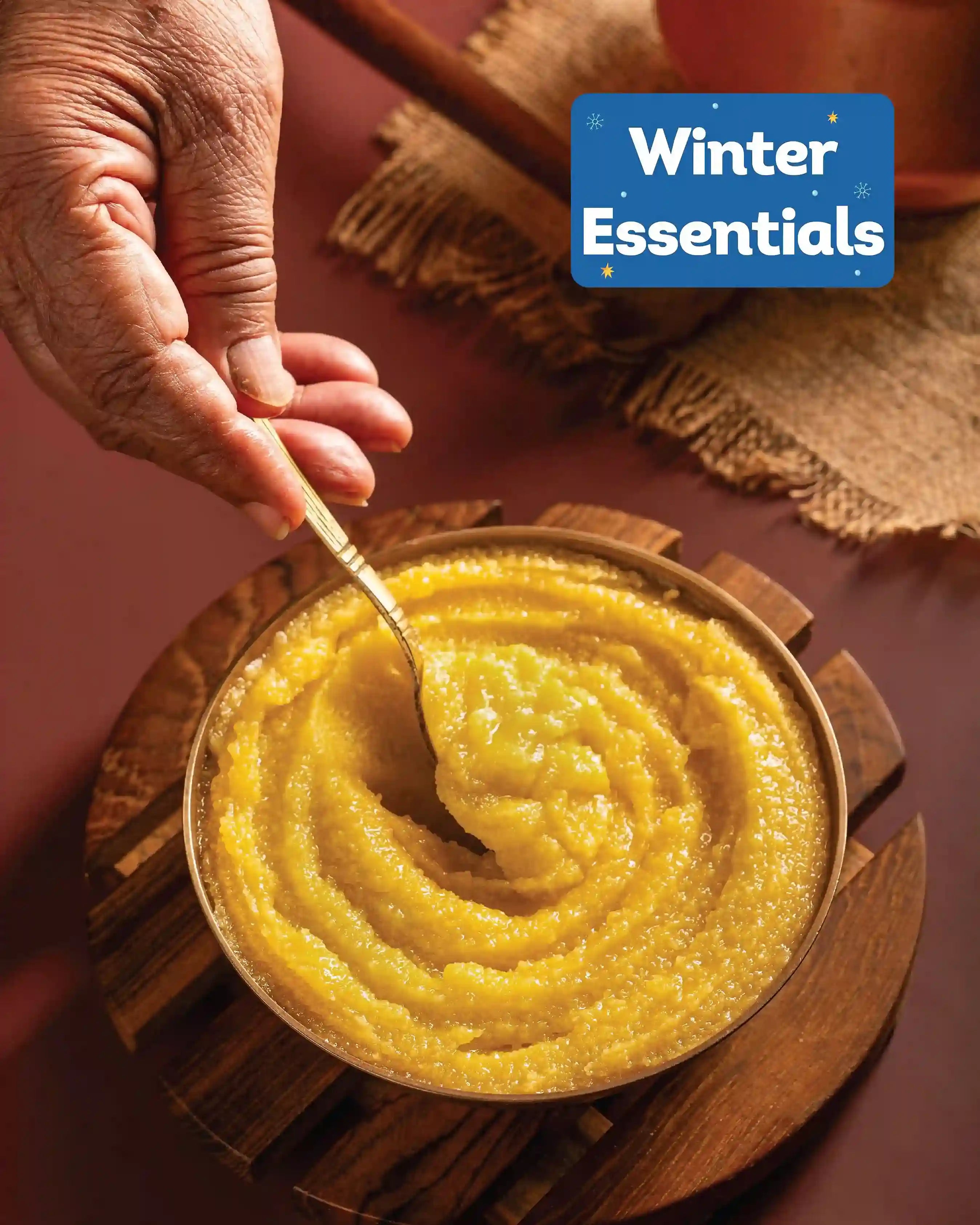
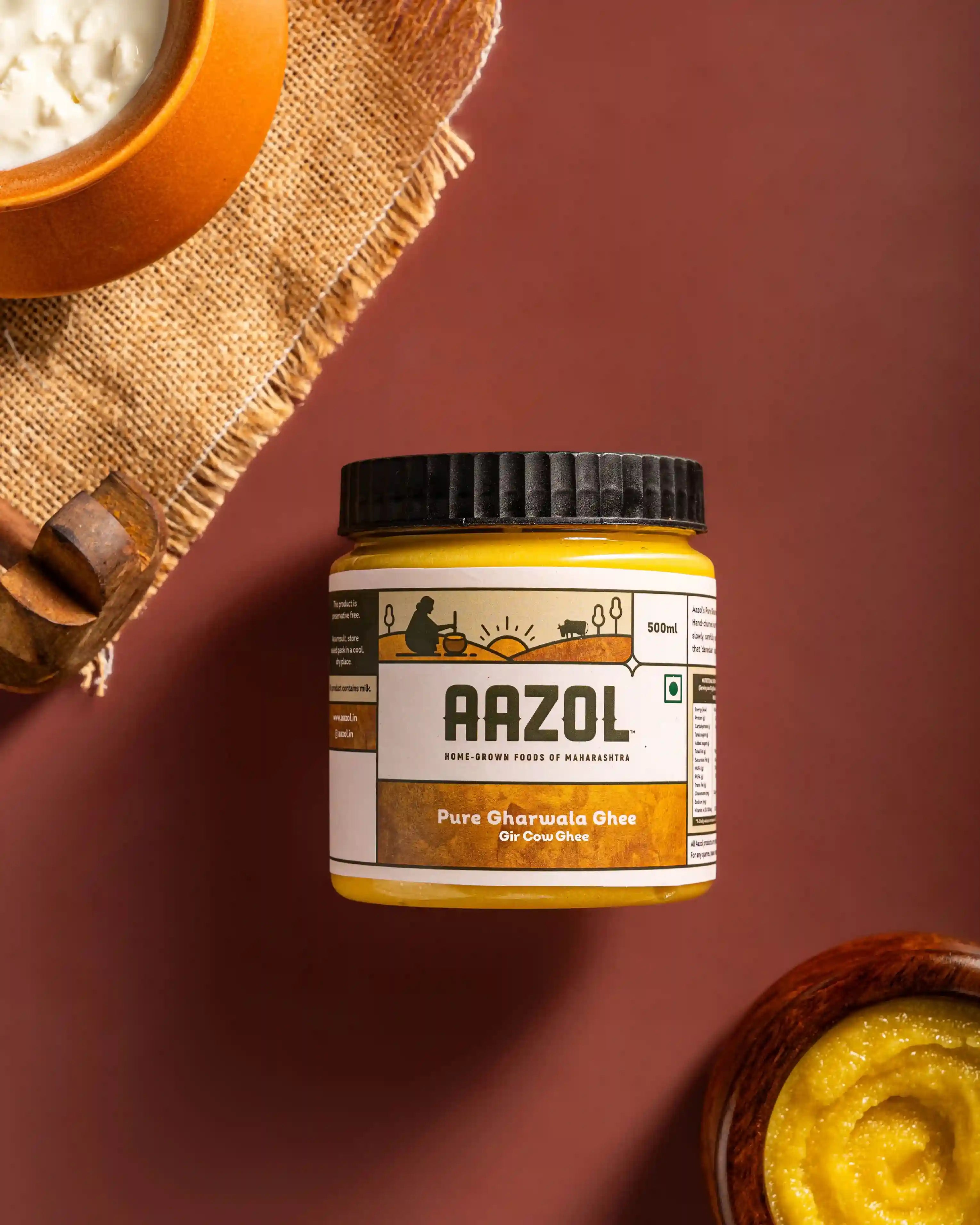
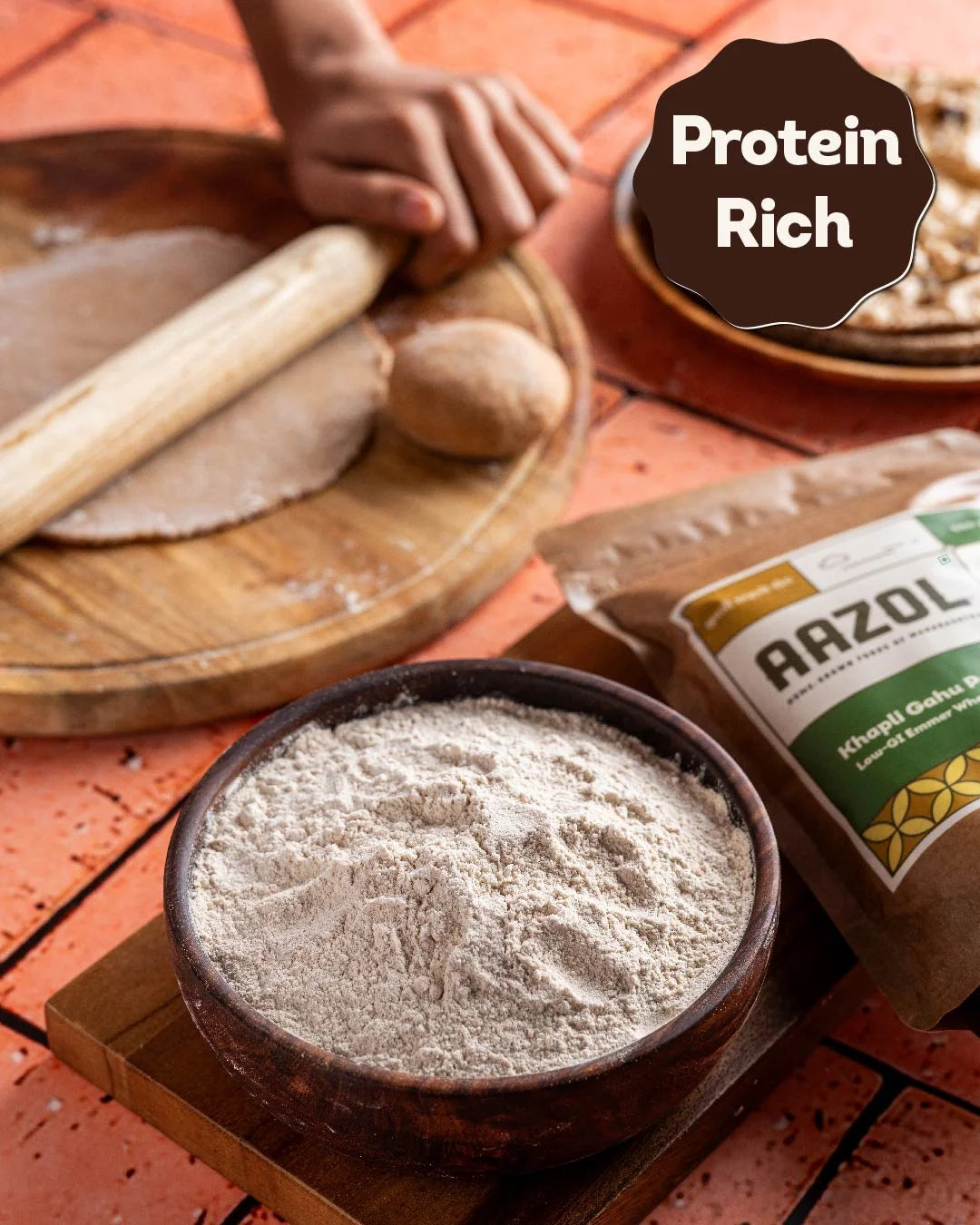
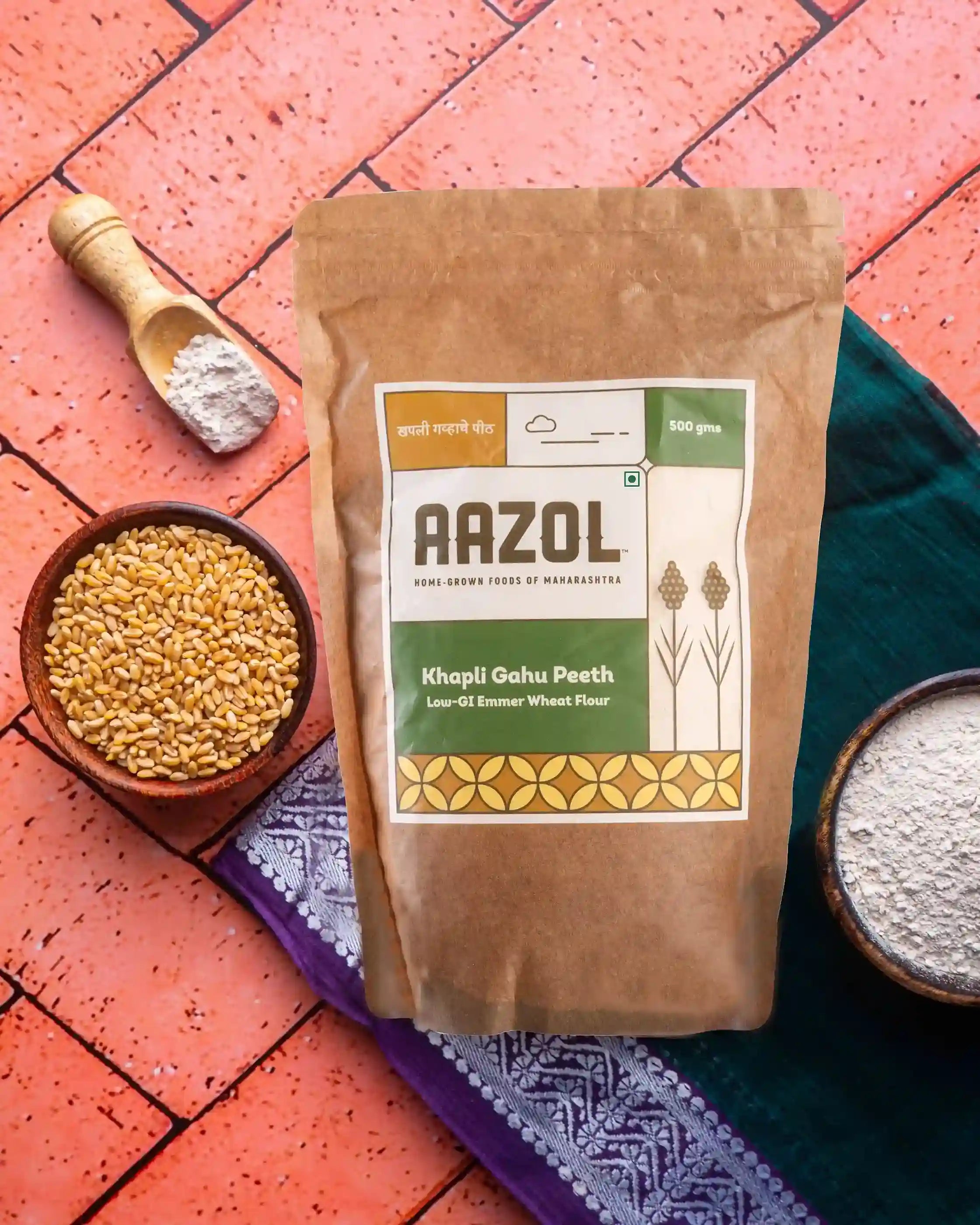
Comments (0)
Your comment may be featured to help others on a similar journey